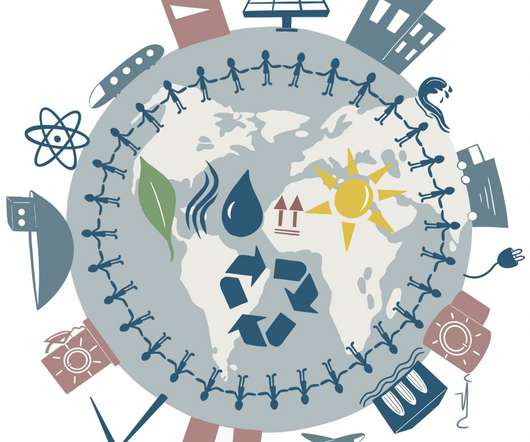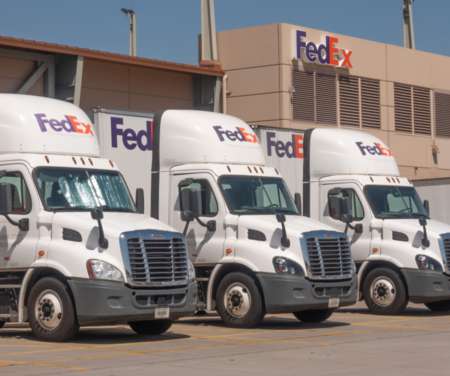An Update from Sharm El-Sheikh on Decarbonisation of Transport
The Logistics & Supply Chain Management Society
JANUARY 3, 2023
Under the Global Memorandum of Understanding (MOU) for Zero-Emission Medium- and Heavy-Duty Vehicles (ZE-MHDVs) the signatories set an interim goal of 30% zero emission new vehicle sales by 2030. Since COP26, a series of deep dive webinars have been conducted on how to design policies for ZE-MHDVs. MORE FROM THIS EDITION.
















Let's personalize your content